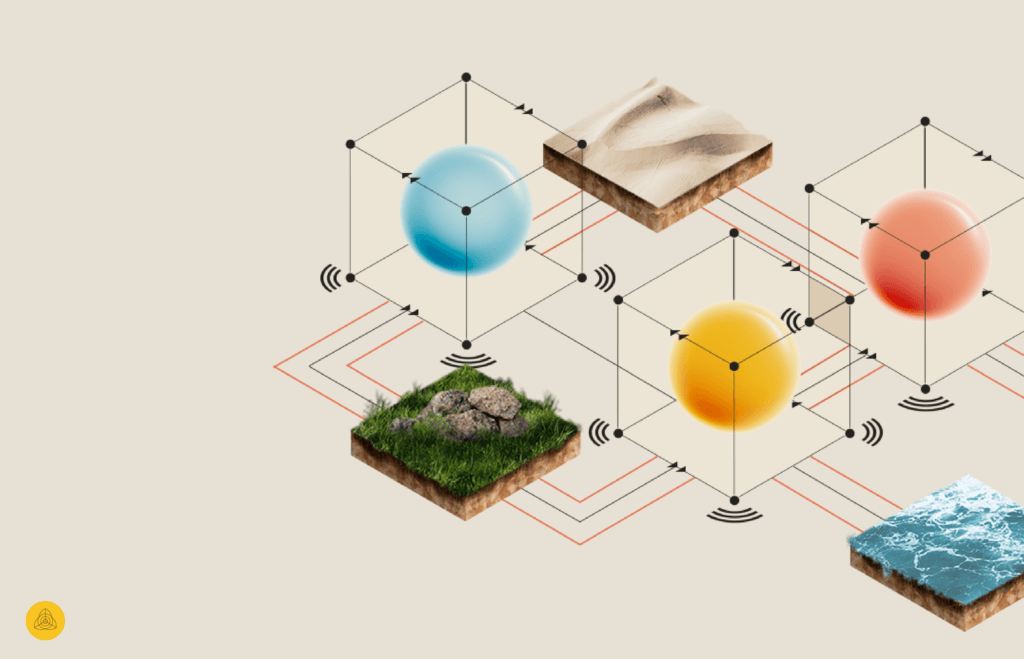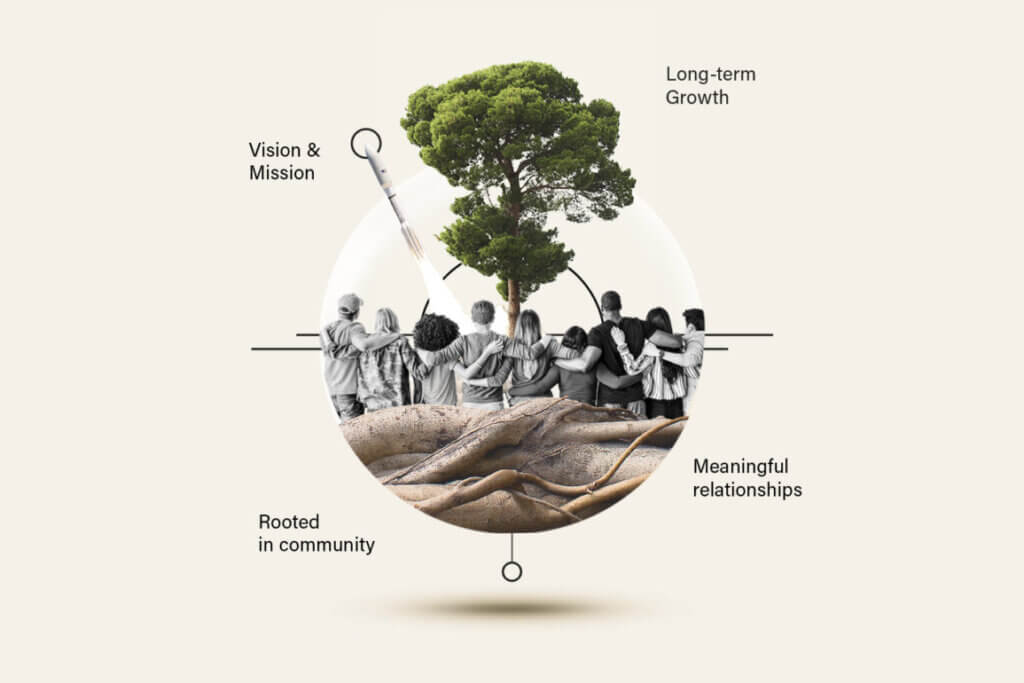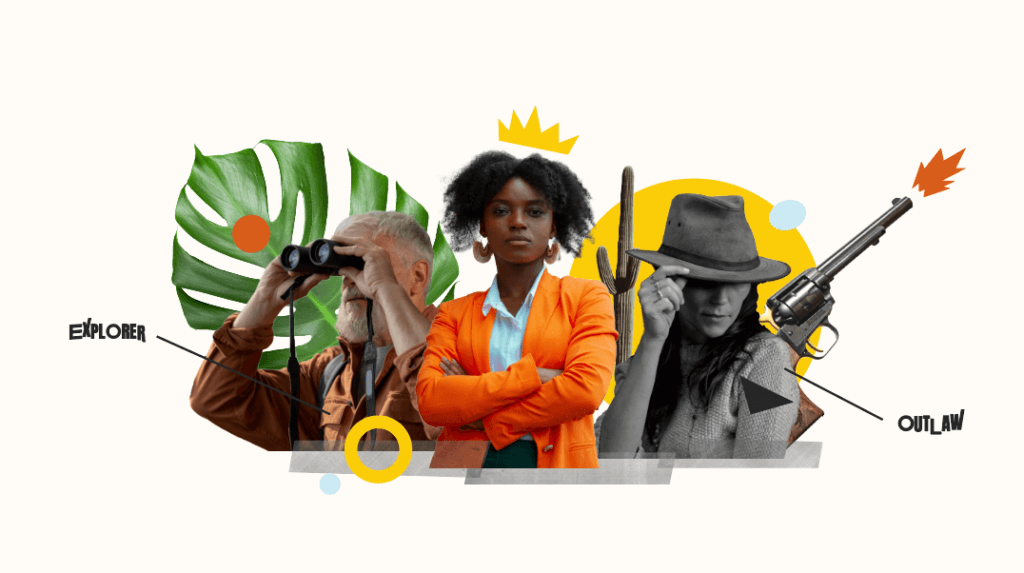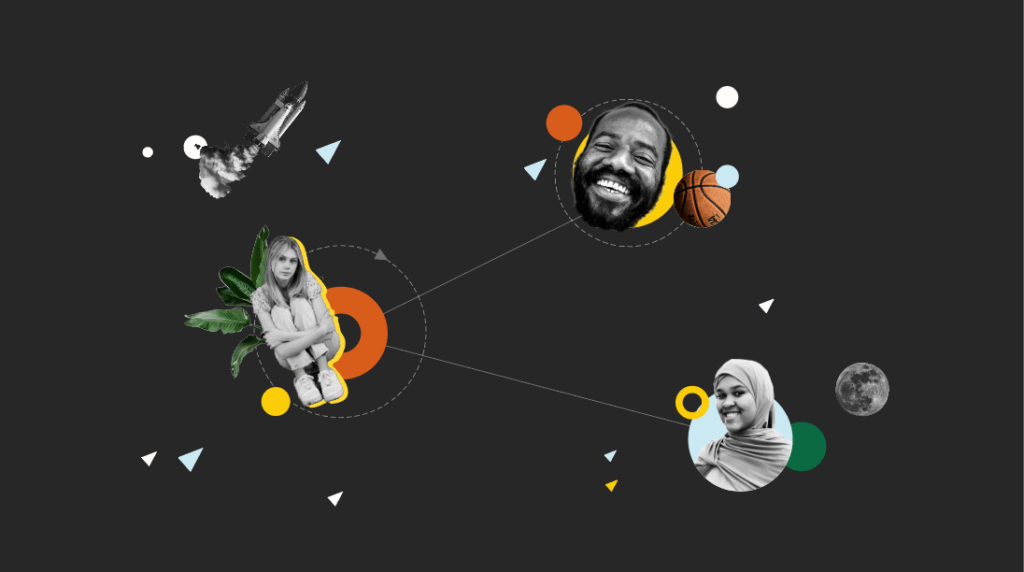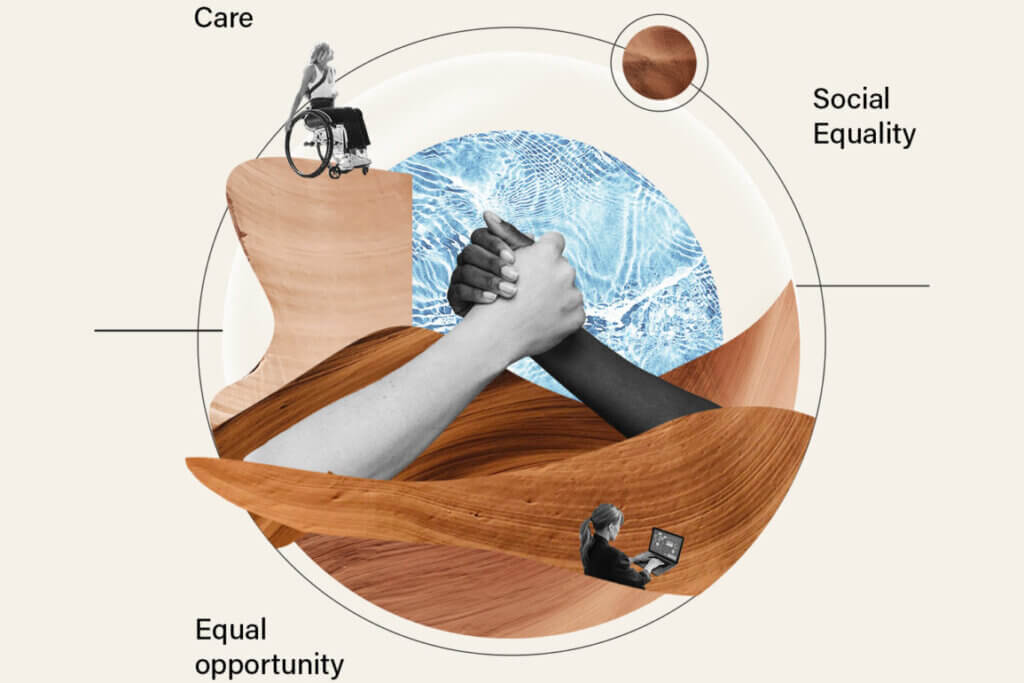Replace Traditional Customer Personas with Audience Personas #bias
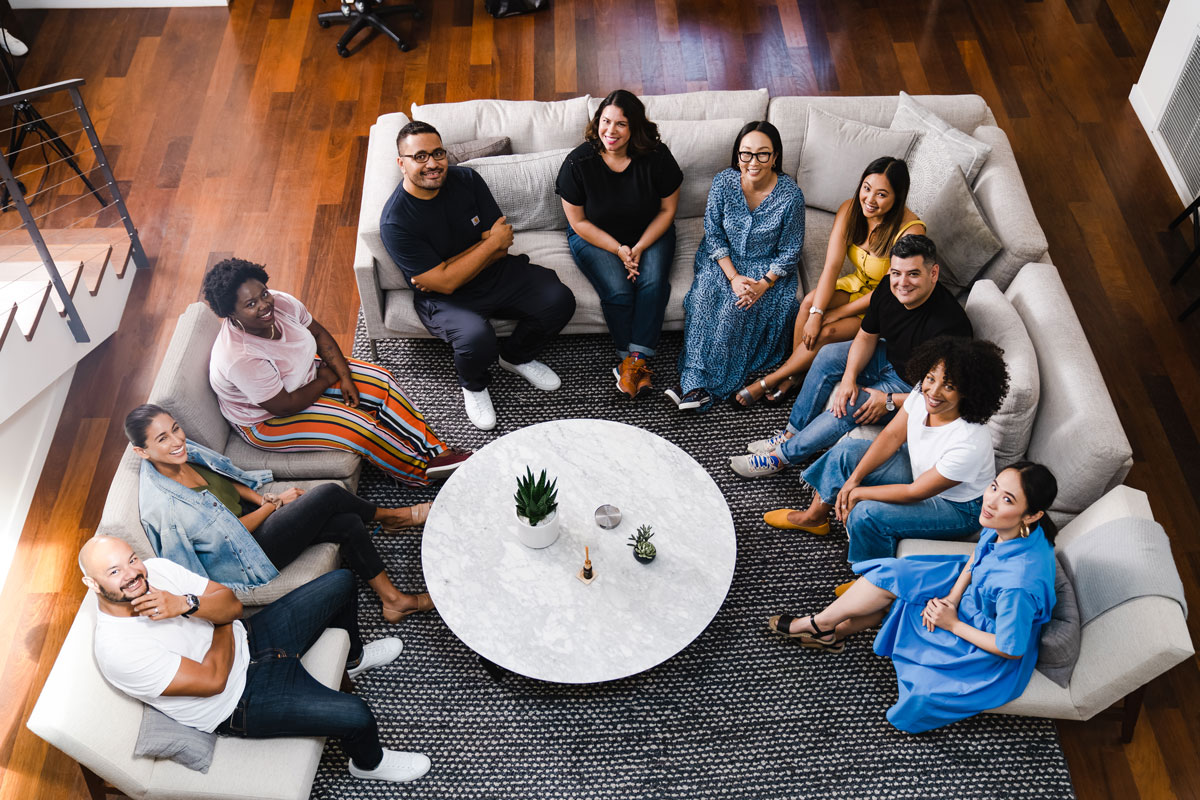
Look, that’s me!”
That’s what we say when the marketers have done their job well. They work their way into our minds, get into our neural pathways and offer to quench the thirst of our deepest desires with a precision that delights us to our core. There’s our friend— knowing exactly what we need and when we need it. Impressive. We applaud them with our engagement. We feel seen. And that’s real. Kinda.
Here’s what’s also real: That’s less and less of the dominant experience. Folks are getting left out and have been for some time. They are not being met with our marketing—no reflection, not even refraction of who they are. Many feel like they are being forced to bend into a persona that just isn’t them. Others just never hear the message. A reduced aperture can pave the way to oblivion for not only customer-facing engagements, but also the business its place in an ecosystem.
What’s going on here? We’re so focused on customers and segmenting personas that we’ve forgotten about what ties people together—shared values. Which is another way of saying “community.” If we care about more than business as usual, we’ve all heard of stakeholder capitalism, of conscious capitalism—or should have by now. It’s clear that every company should have a statement now that lays out its value and purpose beyond profits.
But here’s the problem: We’ve gotten so good at driving messaging to pinpoint a specific persona that we’ve left out the systems of values that overlap and reveal the interdependence of community. And frankly, inevitable unconscious biases make the whole user persona approach problematic—when we think in terms of individuals, assumptions about color and class creep in. Collective concerns and stakeholder groups are left out.
So today, there are big gaps. Between how a company thinks about its values vs. community values. Between customer-focused marketing and the desire to put values and purpose front and center—and engage people through them. What’s needed is a new way of marketing, a new way of thinking, that foregrounds values and communities and stops obsessing over individuals’ needs and desires. Stick with the status quo and internal and external blindspots can morph into nasty sinkholes that are not only expensive, but also sacrifice an organization’s integrity and reputation. And as we know what we saw in 2020 alone, it’s a looooong road back.
Introducing Community Personas
If stakeholder capitalism really is the future, then companies need to shift marketing to a values-centric paradigm. Community personas, as opposed to customer personas, are the key. Our method for creating these isn’t rocket science. First, you define your company’s values and value (proposition). Then you listen for the values of your company’s stakeholder groups (i.e., communities). Then you match up your values with the people who share them.
The bottom line: This approach takes some work. If an organization doesn’t take the time to figure itself out, it won’t work at all. Let’s step back to unpack this a bit.
The companion systems of public-facing marketing and company culture practices need to connect again. If they’re tuned up in tandem, there’s a double benefit. If we can re-authenticate our business ecosystem, we are better equipped to drive messaging from an authentic center and with greater impact. And if we can move from that space towards the communities in our desired audiences, we have a throughline of authenticity with undeniable strength.
In short, how we approach is as important as our why. So let’s talk about ourselves first, alright?
In the last few years, there has been a great drive towards diversity, equity and inclusion trainings in workplace environments. This intense work is earning great rewards and is transforming the workplace even as the field is still taking shape. While some businesses are adopting this work and healing through it, many are just moving through the process and paying lip service. But if you aren’t truly living out your values internally, why would you expect to forge connections to external communities through value-laden marketing?
After we put our own mask on, it’s time to help others. That requires letting go of the current reductionist view of potential clients and customers: the ICP, the ICA and “users.” What we’re really talking about are human beings. And now more than ever, we must recognize the fact that every person is part of an ecosystem—also known as a community. So let’s move past the outdated marketing paradigm based on Edward Bernays’ work, which focuses on growing an individual’s beliefs of scarcity. (Bernays is the godfather of modern marketing, and Sigmund Freud’s nephew.) Let’s move towards a more relevant focus: building and growing our communities, and thus our audiences. Let’s open our marketing apertures to capture the reality that the collective and community mind can and will drive us forward.
New Normal, New Thinking
Why do we need this change? We are in a unique moment in this country and in business. The “new normal” (which is always shifting, let’s be real), is informed by remarkable tectonic shifts in social justice, a global pandemic, a new consensus that business must care about more than profits and a rapidly morphing political landscape. As marketers, our ability to look at communities—as opposed to the night sweats of a single user—will prove to fill the cups of our clients and their coffers, too. Further, by looking towards communities—whether digital or on-the-ground—we get the opportunity to witness not only collective beliefs but also the nuance of interconnectivity that we all crave.
By reframing the ICA/ICP/user as a human being, and broadening the matrix to include their community, we have the opportunity to flip the record completely, as opposed to just moving the needle. Imagine the impact your messaging could have if it reached not only your specific clients but their communities. Cool, right?
By working with community personas, we can create more engaged calls to action across all of our platforms. By zooming out and refocusing towards inclusivity, we can look at collective pains and gains, and respond with messaging for products and services that resonate beyond the singular. The goal is engaged audiences, right? This new way forward is also about inclusivity, and reducing the exhaustion of your teams when they realize they’ve fallen into a blindspot. Yeah, you know what I’m talking about.
So, why speak to one imaginary person when you can speak to value-aligned communities instead?
To learn more about applying these learnings in your organization, check out our magazine, find us on Facebook and Twitter, or drop us a line at hello@weareconsciously.com.


